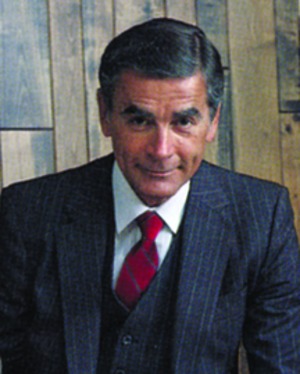James W. Poirot, who chaired Denver engineering and construction giant CH2M Hill Cos. Ltd. for a decade and spearheaded an epic, although controversial, project to boost construction quality industry-wide, died Aug. 4 of congestive heart failure. He was 79.
While chairman of CH2M Hill in the late 1980s, the longtime quality control advocate also pushed to develop a professional practice quality manual through his involvement in the American Society of Civil Engineers (ASCE). The effort had its roots in the collapse of a hotel walkway in Kansas City in 1981.
 |
| Poirot |
Poirot became president of ASCE in 1994 by mounting an unusual petition bid after the group's nominating committee had already named another candidate (ENR 8/10/92, p. 11). Poirot told ENR that, in the past, ASCE officer elections had been “no choice.” Only 7,700 members voted, out of nearly 100,000 at the time, “which means they have no interest in the election process,” he said. Poirot went on to win the office by a slim margin.
Poirot also served as president of the former American Consulting Engineers Council and was elected to the National Academy of Engineering. He was also an early advocate for sustainable engineering, helping to found the World Engineering Partnership for Sustainable Development in 1991 and later serving as vice president of the World Federation of Engineering Organizations.
A civil engineer, Poirot joined CH2M Hill in 1953 and was project manager to relocate the town of Valdez, Alaska, after the region's devastating 1964 earthquake. He became company chairman in 1983, serving until retirement in 1992.
The Poirot-led project involved the coordination of 4,000 contributors and 40 authors, as well as input and review by 50 professional societies and industry organizations. The effort earned Poirot recognition as ENR's Man of the Year in 1988. In an editorial at the time, ENR lauded the collective effort and praised the manual as a “necessary beginning.” But it was also roundly criticized by other industry groups as too prescriptive and legally risky. One attorney likened it to a “train coming down the tracks at you” (ENR 11/15/90, p. 16).
Post a comment to this article
Report Abusive Comment